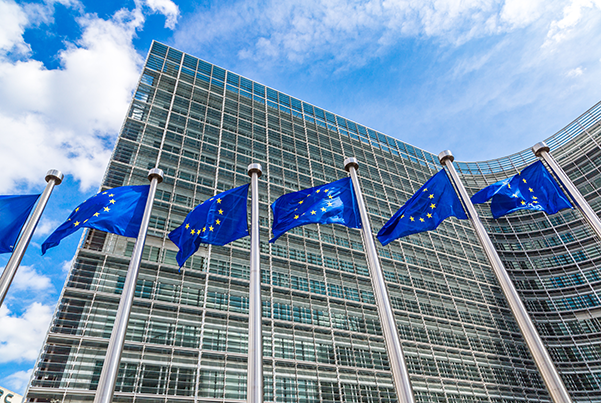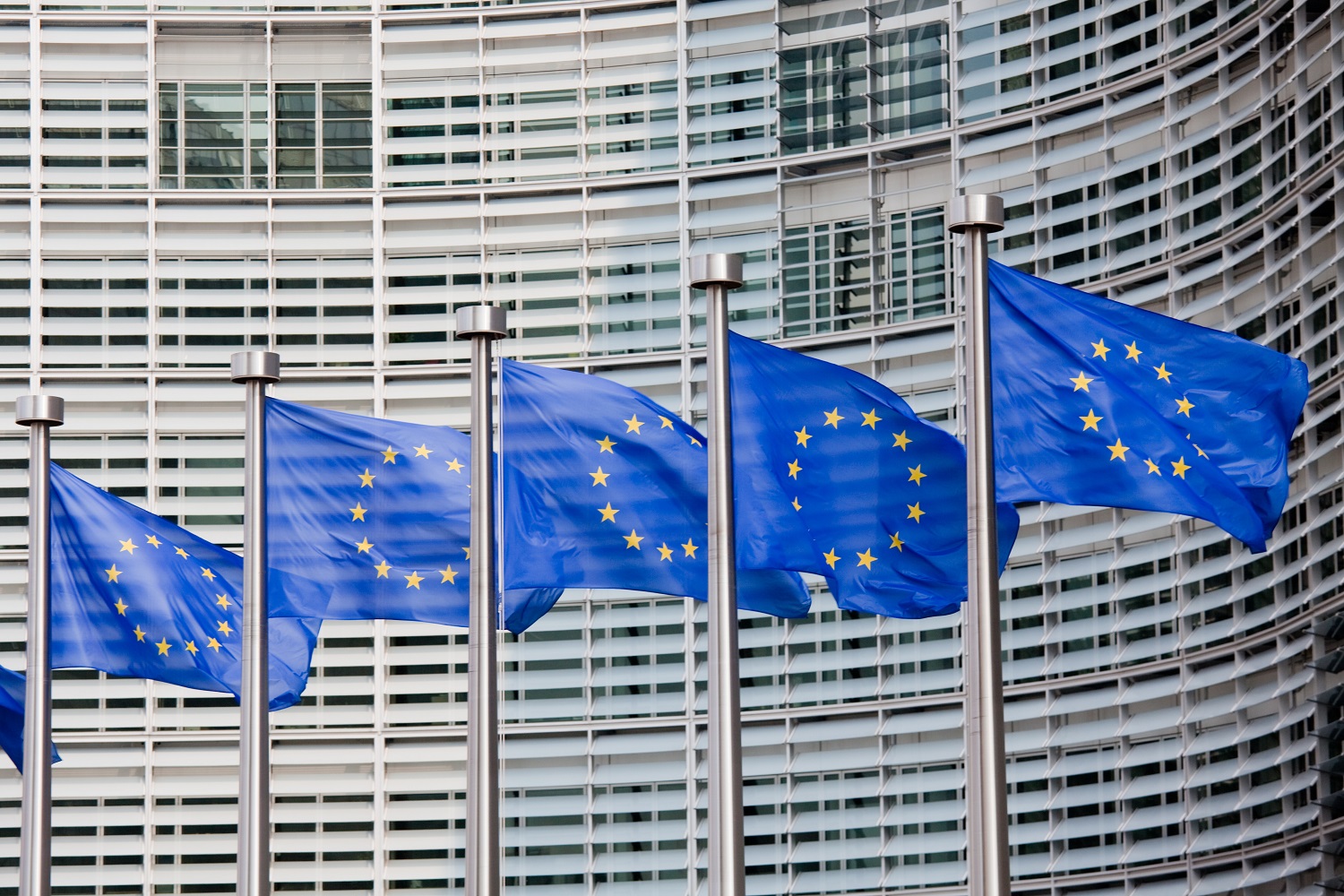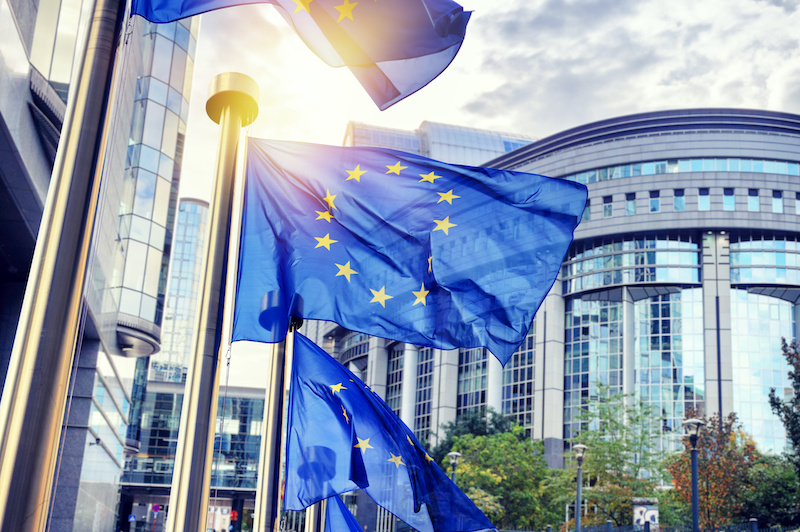Recommended

Blog Post
Many developing countries are facing an impossible situation. With the impact of cascading crises, the gulf between their financing needs and the resources available to them is widening. The combination of elevated interest rates, weakening currencies and low credit ratings are excluding them from capital markets and squeezing the fiscal space for governments to deliver essential services and transforming the growing burden of debt service into a development crisis. At the same time, in the face of a gloomy economic outlook and shifting priorities, European countries are backtracking on their development assistance commitments. In the last few months, Germany and France, the two largest European providers of Official Development Assistance (ODA) announced significant cuts to their development budget while Sweden’s new government ended its historic commitment to spend 1 percent of its gross national income (GNI) on ODA.
Low- and lower-middle-income countries have been the hardest hit by the last few years of multiple, interconnected crises. They need concessional finance in the form of grants and soft loans. While the European Union (EU) already provides concessional finance, it is not nearly enough to respond to their growing needs. But, by leveraging and allocating its concessional finance and deploying it in a more efficient and smarter way, the EU could provide vital support to countries in need. In a new policy paper we suggest six ways in which the EU could do this.
What’s in the EU’s concessional finance toolbox?
The EU’s toolkit of policy-based concessional finance comprises general budget support or sectoral policy-based support, including “results-based” finance, which can leverage external assistance well beyond the impact achievable by any series of standalone projects, especially for sectors which are not typically cash generating for public investors, like public education and health.
Budget support in the form of grants is used by the European Commission for specific sectoral needs and represents around EUR 2 billion per year. The problem is that EU budget support is uncorrelated with partner countries’ creditworthiness, debt vulnerability or income category. This is counterintuitive in a context where grants are of greater strategic and efficient use in countries with no fiscal space and less so in countries that can access other types of financing.
The European Commission also provides Macro-Financial Assistance (MFA) in the form of concessional (‘soft’) loans to help partner country governments work through balance-of-payments difficulties. MFA constitutes the primary tool used by the EU to support Ukraine following Russia’s war of aggression. Nevertheless, this instrument is currently limited to the EU’s neighbourhood.
For its part, the European Investment Bank (EIB) implements an investment window dedicated to sovereign and non-commercial sub-sovereign operations under the European Fund for Sustainable Development Plus (EFSD +) and offers concessional loans off its own balance sheet. But it has a limited reach in low-income countries and fragile states and offers less favourable terms for its loans than other multilateral development banks (MDBs).
EU Member States also provide concessional finance through their national public development banks (PDBs) in the form of policy-based lending for specific sectors, and at the multilateral level, in their capacity as shareholders of MDBs.
What can be done to optimise the leverage and impact of EU concessional finance?
Here are six complementary and non-mutually exclusive ways in which the EU could maximise its current provision of concessional finance:
-
Optimise the use of existing European Commission budget support by combining (new) loans with (existing) grants. For those countries whose macroeconomic context and debt-carrying capacity are sustainable, the European Commission could complement the use of grants for sectoral budget support with concessional loans.
-
Extend the MFA beyond the Neighbourhood. The European Commission could expand the scope of the MFA instrument to a number of countries beyond its neighbourhood which need balance-of-payment support.
-
Empower the EIB to engage in policy-based lending. The EIB could build on its recent experience of results-based lending, which links disbursements to the achievement of policy objectives in a specific sector, to integrate policy-based lending into its toolbox.
-
Comprehensively review the use of EU guarantee instruments, including unblocking EIB constraints on sovereign loans to low-income countries via targeted country-risk guarantees. The European Commission could support the EIB in the deployment of targeted guarantees to counteract country-risk restrictions and to lower the cost of borrowing.
-
Open up to national PDBs the EFSD+ Guarantee Window for sovereign and non-commercial sub-sovereign operations, currently under exclusive EIB access. The EU could open the EIB-exclusive investment window of the EFSD+ to other PDBs, which already engage in sovereign lending, enabling PDBs to combine national guarantees with European Commission guarantees.
-
Increase the EU’s multilateral contributions to other MDBs and the visibility and coordination of the EU presence within them. The EU Member States could increase their participation, relative to earlier replenishments, both via individual states and perhaps via a contribution funded at the EU level.
What next?
In the face of an unfolding development crisis in low- and middle-income countries, and European budgets which are under more strain than ever, the case for maximising the efficiency and impact of EU concessional finance could not be stronger.
Given current needs and urgency, the EU must put forward solutions that can be deployed fast, efficiently, effectively and in an agile manner. While each proposal set out above comes with intrinsic merits, there are both political and financial costs. But the EU has the bandwidth to operationalise them all. It needs to step up its game in delivering the outcomes most needed by developing countries.
Disclaimer
CGD blog posts reflect the views of the authors, drawing on prior research and experience in their areas of expertise. CGD is a nonpartisan, independent organization and does not take institutional positions.
Image credit for social media/web: butenkow / Adobe Stock






